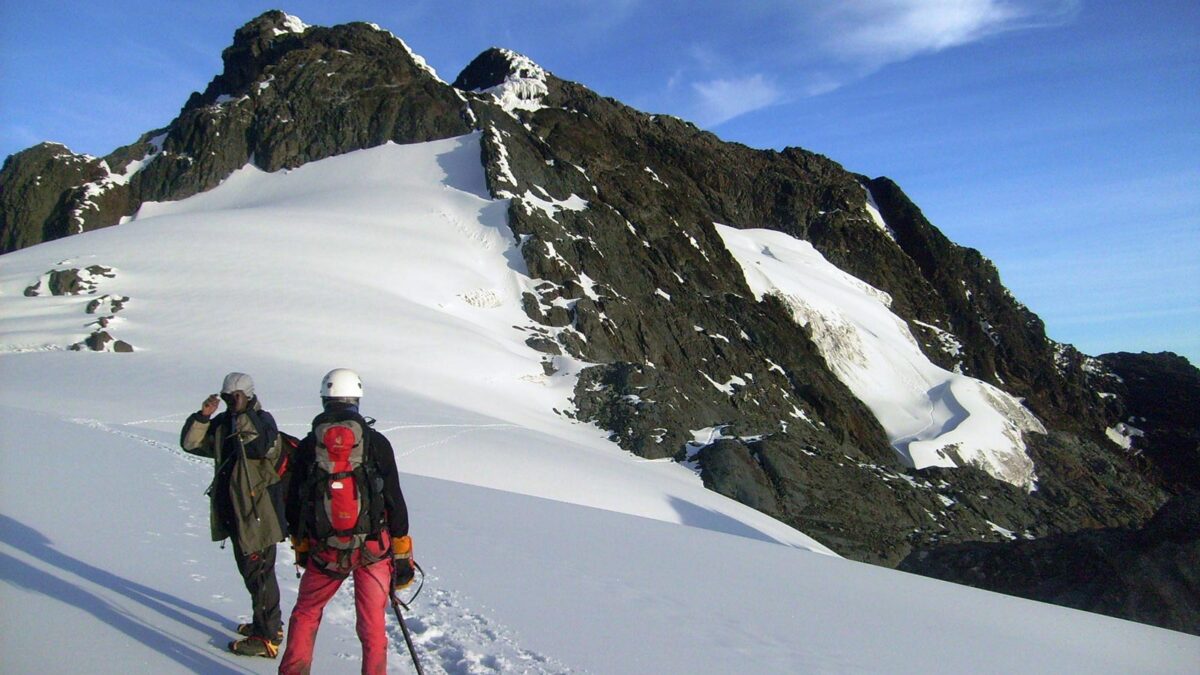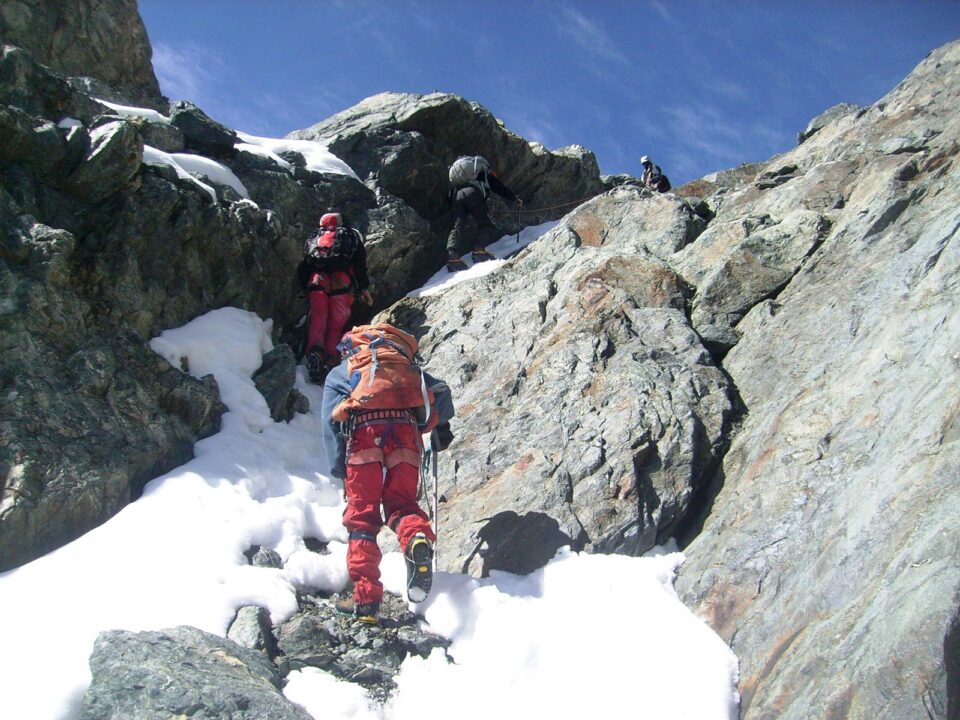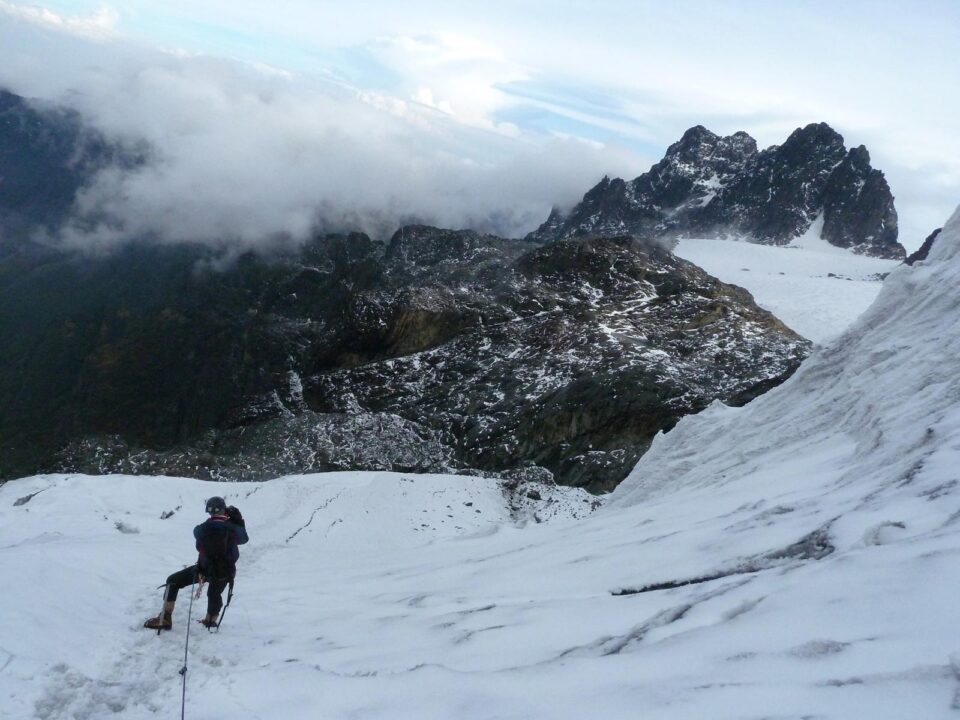Mistakes To Avoid When Planning a Hiking Trip To the Rwenzori Mountains

Common Mistakes To Avoid When Planning A Family Safari
April 24, 2023
Booking Rwanda Gorilla Trekking Safari Holiday from Australia
July 6, 2023Conquer the Rwenzori Mountains: Avoid these Mistakes for a Safe Hiking Trip
The Rwenzori Mountains, situated on the border of Uganda and DR Congo, offer a thrilling challenge to hikers who seek to summit one of Africa’s natural wonders. Despite the physical demands, even novice hikers can reach the 5,109-meter peak, which is permanently snow-capped and glaciated. To ensure a safe and successful hiking trip, it is crucial to avoid common mistakes that could be dangerous. Luckily, in this post, we have compiled a list of the pitfalls to sidestep when planning a hike in the Rwenzori Mountains. So, if you’re eager to take on this exhilarating adventure in Uganda, read on and prepare to conquer the Rwenzori Mountains.
Physical Fitness: Key to Conquering the Rwenzori Mountains
Climbing the Rwenzori Mountains is not just for seasoned mountaineers, as anyone above ten years can take on the challenge. However, to avoid physical defeat, it is crucial to prepare your body before attempting to summit the peaks. Acclimatizing to higher altitudes around the mountains is an excellent way to ensure you are physically fit and ready for the hiking quest.
Many travelers spend a few days around the Rwenzori, doing day hikes and visiting nearby attractions such as Kibale Forest to track wild chimpanzees, Queen Elizabeth National Park, or staying in the foothills of the Rwenzoris around Kasese.
For beginners to mountain climbing, the Rwenzori Mountains offer an ideal starting point, given that climbing to the summit involves a multi-day hike rather than technical climbing skills. Nevertheless, physical preparation is vital for the high altitude challenge. To get your body ready, consider visiting your local gym, regular runs to build your muscles, and training your lungs for the lower oxygen levels.
Remember, physical fitness is key to conquering the Rwenzori Mountains, so prepare yourself accordingly for a successful and rewarding experience.
Do Not Climb Alone
Embarking on a trekking adventure in the Rwenzori Mountains can be an exciting and unforgettable experience. However, it is not something to be taken lightly, especially for first-time trekkers. It is highly recommended to have a trekking guide accompany you on the unknown trails to avoid making common mistakes. According to the authorities, all treks in the Rwenzori’s require the presence of a guide, porters, and a cook.
Fortunately, during the dry seasons of December to March and June to August, the trail conditions are favorable for committed hikers to reach the peak. Your guide will prove invaluable, keeping track of your progress and leading you to your next night’s hut. Porters will carry your food, equipment, and luggage, while the cook will ensure that you are well-fed throughout your journey.
Climbing alone in the Rwenzori Mountains is not advisable, as it can be dangerous and increase the risk of accidents or getting lost. With the unpredictable nature of the mountain climate and rugged terrain, it is safer to trek with a guide and a support team.
In summary, safety should always come first when hiking in the Rwenzori Mountains. To ensure a successful and secure trekking adventure, be sure to hire a guide and support team to accompany you on your journey.
Not Hiring an Expert Guide
If you’re considering climbing the Rwenzori mountains, it’s essential to hire an expert guide to ensure your safety and increase your chances of summiting. The risks of illness, exhaustion, and harsh weather can hinder your progress, but a knowledgeable guide can help you navigate these obstacles and make informed decisions.
Before embarking on your journey, take the time to research and find the right guide for your trip. Look for someone with experience and a proven track record of success. If you need help, don’t hesitate to reach out to tour companies like Trek Africa Expeditions at info@trekafricatours.com, who can assist you in planning your expedition and selecting the best guide for your needs. Don’t put your safety at risk by attempting to climb the Rwenzoris alone. Hire an expert guide and increase your chances of a successful and safe journey.
Don’t Pack the Wrong Gear and Clothing.
Climbing the Rwenzori Mountains with the wrong gear and clothing can turn your expedition into a nightmare. As you’ll be exploring one of the world’s harshest and most remote environments, it’s essential to pack the right equipment.
To make sure you’re fully prepared, seek guidance from your tour company about what to pack. Whether you’re a seasoned climber or just starting, thoughtful planning is crucial when packing for a mountaineering tour.
Your gear checklist should include essential items like underwear, outer pants, climbing boots, gloves, goggles, a hat, a flashlight, and more. Choose a suitable backpack to carry your gear and another for snacks, meals, and camp gear. Since your porter carries the packs, pack a backpack for day trips, which can hold your hydration liquids and snacks at a minimum. With the right gear, you’ll be well equipped to tackle the challenges that lie ahead.
Don’t Forget to Tip, Although It’s Optional.
Acknowledging the hard work of your crew during a climbing trip goes beyond handing them a few coins at the end. Showing your appreciation can make a huge difference in the success of your trek, as it motivates your guides, porters, and cook to perform at their best and avoid any dangerous mistakes. Take the time to talk to them, encourage them, and thank them for their efforts.
While tipping is not a common practice among hikers, it is a good gesture to consider when climbing the Rwenzori Mountains. Your crew is instrumental in ensuring your safety, health, and comfort during the expedition, and they deserve to be compensated for their hard work. Tip generously with your words, your companionship, and your money. Your gesture will not only support the families and communities of your crew but also create unforgettable experiences for everyone involved.
Don’t Move Fast and Without Drinking Water.
Embarking on a climb up the Rwenzori Mountains can be an exhilarating experience, but it is important to keep safety in mind at all times. One of the most common mistakes made by climbers is not carrying enough water to stay hydrated and moving too fast. It is crucial to maintain a steady pace and bring enough drinking water with you.
Climbing several thousand feet in a day can be physically exhausting, and without enough water, your body can quickly become dehydrated, putting your health at risk. Over-exertion and dehydration are the primary causes of altitude sickness, with one often leading to the other. It is important to drink plenty of water, preferably before you start feeling thirsty, and take it easy. Avoid getting out of breath or sweating excessively by taking smaller steps.
Finding a comfortable pace can be challenging, particularly for first-time climbers who are not used to mountaineering at high altitudes. However, it is crucial to maintain a steady rhythm, which will eventually become second nature. Remember to follow the advice of your guide, who will help you maintain a safe pace and keep you hydrated throughout your climb.
In summary, maintaining a steady pace and staying hydrated is crucial when climbing the Rwenzori Mountains. Bring enough drinking water with you, and take smaller steps to avoid over-exertion and dehydration, which can lead to altitude sickness. Follow the guidance of your guide, and you will enjoy a safe and memorable climb up the stunning Rwenzori Mountains.
Not Clipping Your Toenails and Watching Your Foot.
When embarking on a hiking trip, taking care of your feet is crucial. Neglecting to clip your toenails before a hike can lead to discomfort, pain, and even toenail loss. It’s important to wear waterproof hiking shoes that provide enough space for your toes to move freely, preventing them from being squashed or bruised.
Ignoring pain signals can also lead to bigger problems. When you feel hotspots or blisters forming, it’s essential to address them right away. Ignoring these signals can result in pain and prevent you from continuing your hike. Therefore, it’s important to stop immediately when you feel any discomfort or pain and assess the situation. By taking care of your feet and paying attention to pain signals, you can avoid unnecessary pain and discomfort during your hiking trip.



